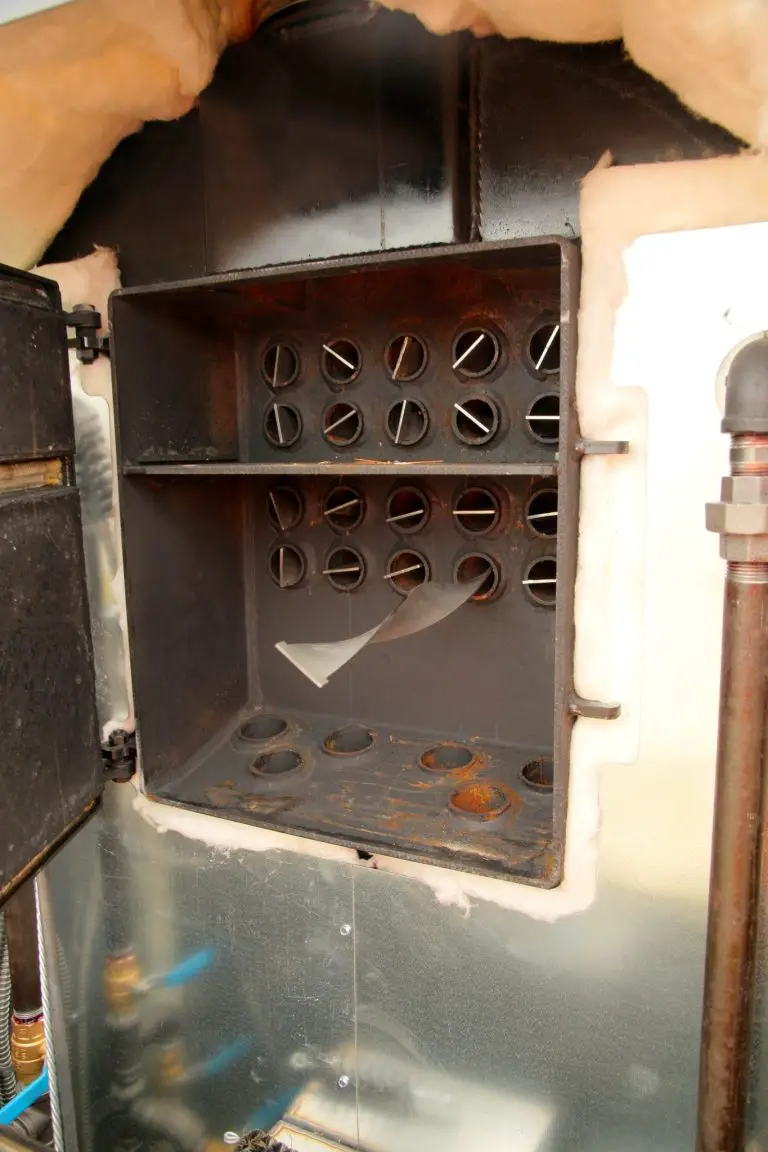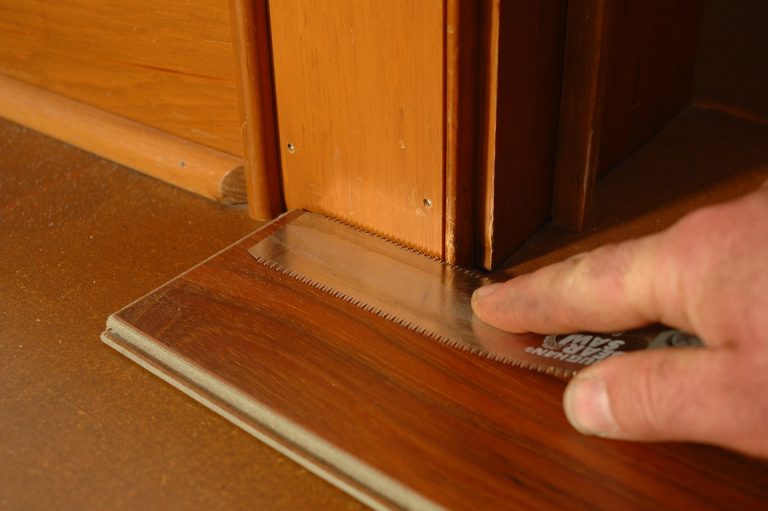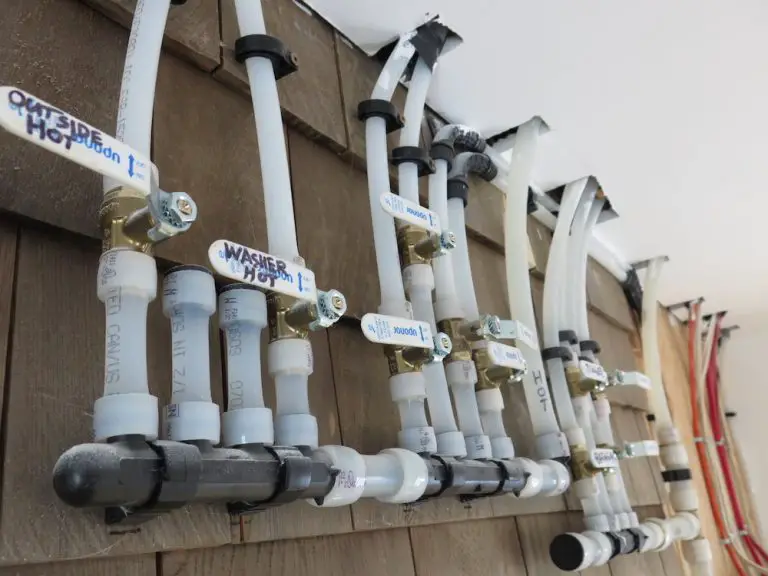
If you haven’t been to an old church for a while, you might consider going at least for the view. There’s a lot more painting skill behind traditional churches than you might realize, and it’s definitely worth looking at. Alex Wendt, his father Don and long-time friend and painting colleague Cliff Foth are the three men behind Ecclesiastical Studios & Sons. I tracked them down back in 2015 to ask questions when I heard what they did for a living. All the photos you see here are of the work of these three men.
This three-generation firm specializes in the restoration of traditional church interiors, and you’d be hard pressed to find situations that involve more variety and that demand more skill than what these guys deal with on every project. It’s a fascinating example of old-time, hands-on work done by some old-time, hands-on people.

“About 80% of the painting we do is entire interior church restorations”, says Alex. “The rest of our church work consists of statuary and altar restorations. I like restoring these old churches because we can be as creative as we want doing a variety of things – decorative and architectural painting, plaster repair, stenciling, gold gilding and trompe l’oeil painting. Every day is different.”
Alex grew up around the painting business and was on jobsites with his father starting when he was 3. “I began painting full time after high school in 2007. Before that I was only part time. Growing up I always wanted to be a painter. Having a father in the business gave me a leg up, along with on-the-job training that started early.”
Art On A Huge Scale
In many ways, restoring lavish, old church interiors blends the skills of a classical artist with that of a modern commercial painter. Church spaces are often large and tall, and this makes for challenges of scale. Scaffolding, spray equipment and gallons of paint are all part of ordinary life as an ecclesiastical painter. At the same time, church painting also involves brushes small enough to color the eyeball on a statue of a saint being refurbished. What could be a wider range of scale than that? These high-stakes, high-variety situations lead to another extreme that you don’t often see on painting jobs. An extreme that affects how jobs are estimated.

“We always use the very best quality products we can find because materials are only a small fraction of the bid”, says Alex. “Cost of materials is no object with these projects. The majority of our job cost is labor, so we don’t focus on materials cost at all. We’ve heard that some contractors nickel and dime their clients on every little expense, including the use of cheaper materials. We don’t buy into this philosophy. Why would we want to trust all our hard work on materials that are lacking in quality and performance? We definitely don’t want call backs because a stenciled ceiling or gold gilding has started to fail.”
Specialized Skills
Alex, Don and Cliff tackle details that most painters never get to try. It’s all part of the ecclesiastical painting world and it includes ancient techniques such as these:
Trompe l’oeil: This is a French term meaning “deceive the eye”. It’s an art technique that uses realistic images to create the impression of three dimensions. Trompe l’oeil has been around since ancient times, but was perfected as a technique in 15th century Renaissance Italy. “We sometimes restore existing trompe l’oeil”, explains Alex, “but we create them mostly from scratch. It can be challenging work, but I wouldn’t say its the most difficult thing we do.”
Gold gilding: “We typically use a lacquer gold process”, explains Alex. “This involves mixing a gold powder into bronzing lacquer that’s either sprayed or brushed on. After that we apply an acrylic clear coat to protect the gold.”
Stenciling: “Our stencils are made from sheets of mylar plastic”, says Alex. “We make the cut-out by first drawing the design onto the material, and then use a stencil burner to cut out the shape. This tool is just a very hot needle that melts through the plastic. When it comes to painting with the stencil, we don’t actually use a bristled brush very often. Our tool of choice is an air brush to apply gold or colored lacquer.“You can see one of Alex’s stencils in action below.

Painting traditional church interiors is not something that’s easy to learn. A person could hire on with a crew that does this work and learn from them, but that’s not a situation that’s easy to find. In the case of Ecclesiastical Studios, the skill came into the family a generation before Alex’s father, Don.

“Dad learned on the job from his uncle Michael Wendt, starting in the mid 70’s. Mike originally married into the business when he was in his early 30’s, and the skills passed to us through him.”
It generally takes the trio 15 to 30 weeks to paint a church interior. “We don’t do exteriors very often”, says Alex. “We’ve done a few, but we like to focus on interiors. That’s our specialty.”
As you’d expect with buildings that are always so old, patching is a big part of the prep work that happens before painting begins. And this kind of patching involves a lot more than just fixing nail holes in drywall. “First we hand scrape all loose and damaged plaster and paint”, explains Alex “then put on a conditioner to harden the plaster so it forms a solid base for filling. Next, we trowel in new plaster to match the existing surface, shaping it as needed. If we’ve got peeling paint, sometimes it’s better to consolidate it rather than scraping everything off. That’s when we’ll use a peel bond product before patching.”

Looking at the finished projects done by the Ecclesiastical trio, you’ve got to wonder about the complication of church congregations choosing colors, patterns and painting styles. After all, it’s hard enough for most married couples to agree on two or three paint colors for their home. How much more “fun” would it be with a whole congregation fund-raising together and trying to agree on the dozens of paint choices that go into a church job? But sometimes when things get too complicated, it actually forces them to become simpler. That’s the case here.
“We like to have complete control over the designs and colors used in each of our projects”, says Alex. “But we sometimes have to work with the priest or church committee on some things like liturgical rules or designations. Having three generations worth of experience means we have acquired a good deal of knowledge on these historical structures.”
The oldest church that Ecclesiastical has ever painted is St. Joseph Catholic Church in Leavenworth, Kansas. It was 150 years old back in 2007 when they took on the job. The team rarely does new churches, and this means they often have to travel far from home for work. “The distances vary from job to job, but they all require a lot of travel time”, says Alex. “There are only so many churches close to home that need to be restored. On the jobs that are 500+ miles away, we usually stay until the work is complete. My favorite part of this business is the restoration phase and seeing the transformation first hand. My least favorite part is being away from home for long periods of time.”
Taking Care of Business

“When we’re not restoring majestic places of worship”, says Alex, “I fall back on interior and exterior residential re-paints. My dad encouraged me to start this back in 2009 and it’s been a good thing. Working on homes keeps my skills sharp and gives me valuable experience dealing with customers, writing contracts, running a jobsite and problem solving.”
Word of mouth brings most of the work to Alex, Don and Cliff, but active marketing is part of the mix, too. This includes direct mailings and cold calls. They’ll be trying social media ads soon.
“When we meet with a potential client, we always stress certain things”, says Alex. “First, we never sub-contract anything out. We do all work ourselves all the time. If we can’t do the work, we won’t bid on the job. We also only do one project at a time. This way each client gets our full attention. It helps that we own our scaffolding and rigging, too. We’re comfortable using it and there’s never any delay because subbed-out rigging didn’t happen as it was supposed to. All bids are complete, with no charges added later.”

What’s the most surprising thing about the business side of painting churches? “You’d be amazed at all the legal red tape we have to go through just to get the project” says Alex. “You need an attorney just to decode the contract, all the insurances you need to carry, and the sheer volume of paper work takes a lot of time. It’s not like the old days were you could seal the deal on a hand shake and good faith.”
“The thing that impresses me most about our work, says Alex, is the chance to see how these churches were built. Even when you’ve seen as many as I have”, says Alex, “you’ve got to be amazed how these wonderful creations went up, all without computers, heavy equipment or power tools. You gotta love these magnificent places.”












